The Lazzaretto Vecchio wasn’t a nice place.
In 1423 — six hundred years ago this year — yet another wave of the black plague struck Venice. In an attempt to contain the spread of the disease, the Senate of the Serenissima decided to use the island to isolate the sick.
The island therefore became the first stable hospital for people infected with the black plague. The use of the word hospital is related to hospitality, as they had no cure or proper understanding of the contagion of the black plague back then.
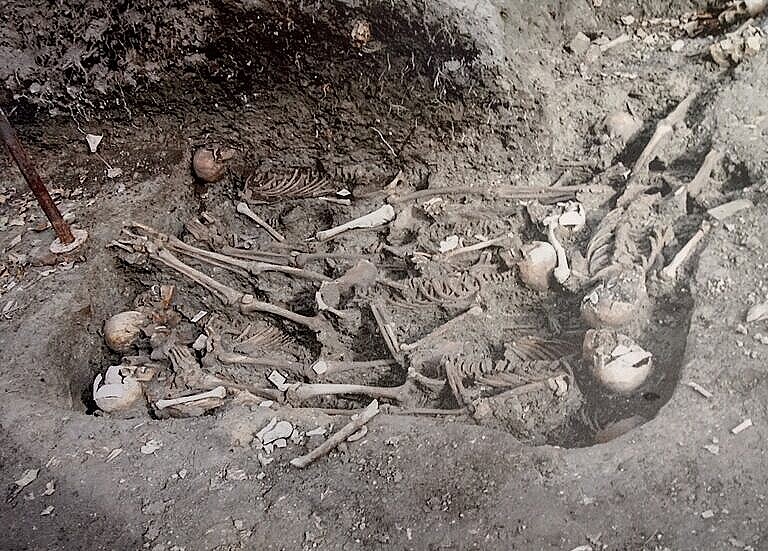
The sick were simply taken to the island and kept there. If they survived, they could leave. If they didn’t survive, well, they didn’t. Besides food and drink, and a roof over their head, there was no cure or treatment available.
An inventory from 1484 shows that the Lazzaretto Vecchio had over two hundred beds for the sick. Many patients with few means probably just lay on some straw on the ground, so the overall capacity of the place might have been many hundreds.
Without a cure, the lethality of the black plague is about fifty percent, so people died in droves during the recurring waves of the epidemic.
Burials happened unceremoniously in pits wherever it was possible. Mass graves dotted unused bits of the island and nearby mudflats. A layer of bodies, a layer of caustic lime, a layer of dirt, and then another layer of bodies.
During the plague, Lazzaretto Vecchio was an infernal place. It was closely associated with horrific sickness, agonising death and putrid mass graves. In short, a place nobody voluntarily went.
Contumacia
With the establishment of the Lazzaretto Nuovo in 1468 contumacia became more important as an effective preventive strategy against the black plague.

Contumacia is the Venetian word for the quarantine of persons and goods to stop the spread of the plague into the city of Venice.
Without a reliable cure for the plague, the only viable strategy was prevention. Focus was therefore on keeping the disease from entering the city. If the plague entered the densely populated city, it would inevitably kill thousands. The Venetians knew this very well, as it had happened repeatedly in the past.
The procedures employed on the Lazzaretto Nuovo came to the Lazzaretto Vecchio too, and over the 1500s the hospital part of the island shrank and the contumacia part grew.
Most of the buildings added to the island in the 1500s were for quarantine and disinfection of the merchandise, rather than for providing hospitality for the ill.
The Decline of the Plague
The last major epidemic of the black plague in Venice was in 1630-31.
While the fear of the black plague never really declined, the number of cases did. In the mid-1700s, the cases were so few and far in-between that it was no longer reasonable to run structures as large and expensive as the two lazzaretti.
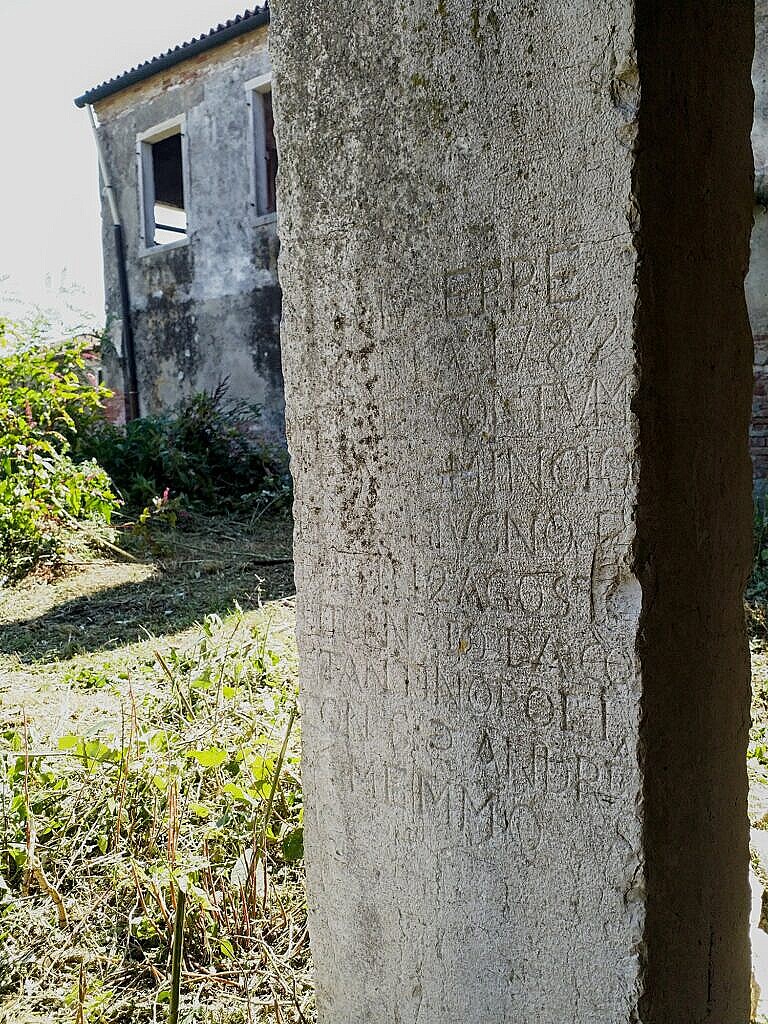
The Lazzaretto Vecchio was slowly wound down. Poveglia a bit further south became the Lazzaretto Nuovissimo, and hence the location of the last black plague scare of the Serenissima.
In the 1800s the island, like so many other lagoon islands, became military. It was mostly used as a depot for various materials.
Late in the 1800s, the military demolished first the medieval church and then the bell-tower.
The Italian military finally left the island in the 1960s
For several decades afterwards, it was used as a kennel for stray dogs. To this day, many locals still call it “dog island” because of the constant barking.
What now?
The Lazzaretto Vecchio is in a state of decay and abandonment.
However, very slowly, some things have started to move in a more positive direction. In 2008, the MIBACT (Ministry of Archaeological and Cultural Heritage and Tourism) chose the Lazzaretto Vecchio as the location for a new National Archaeological Museum for the Lagoon and Venice, which would be the first national museum ever dedicated to the history of the Venetian Republic.
In 2013, the authorities and the ArcheoClub di Venezia made an agreement. This means that volunteers have started cleaning up the island and organising some limited public access.
Historic images of the Lazzaretto Vecchio
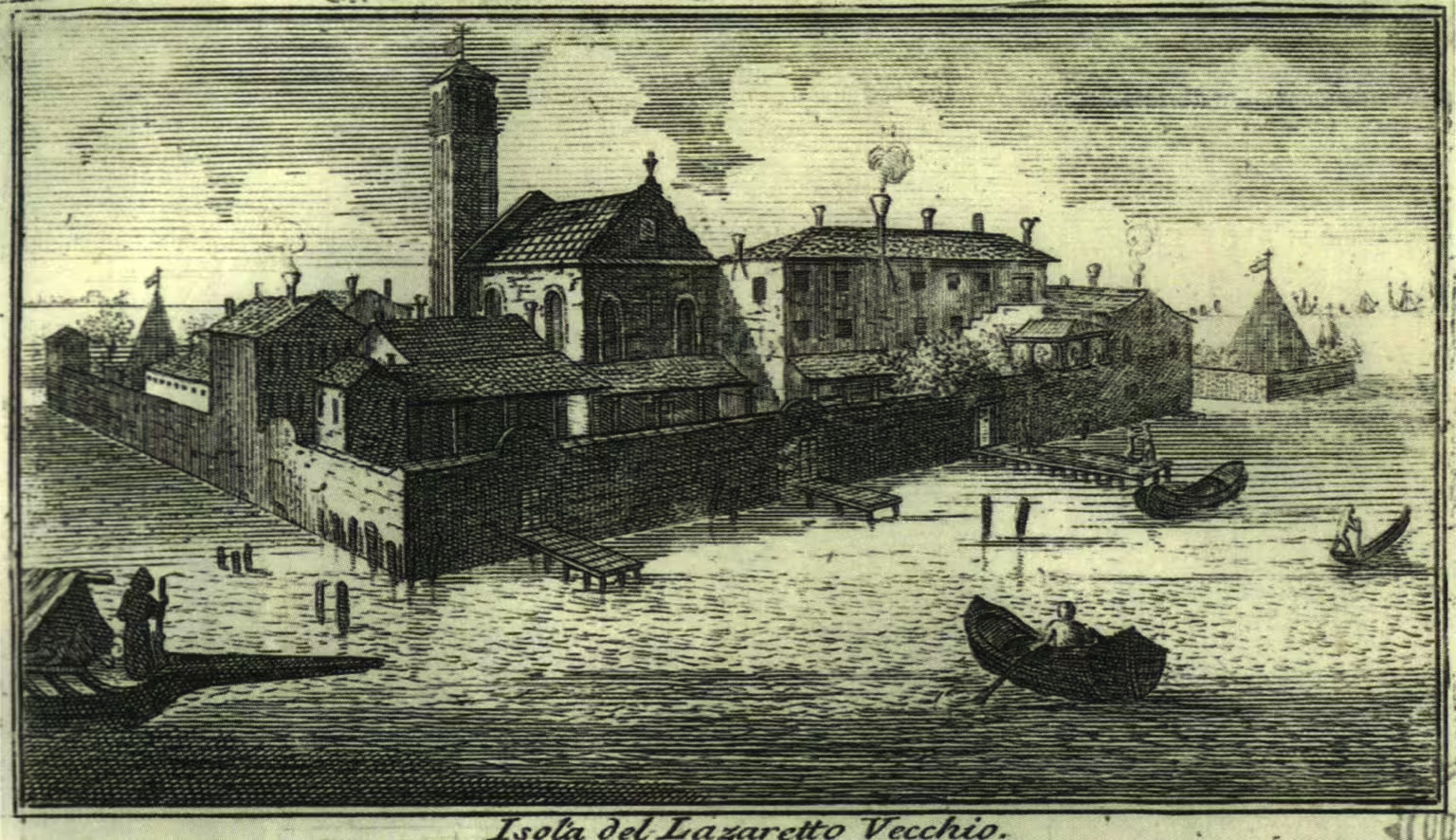
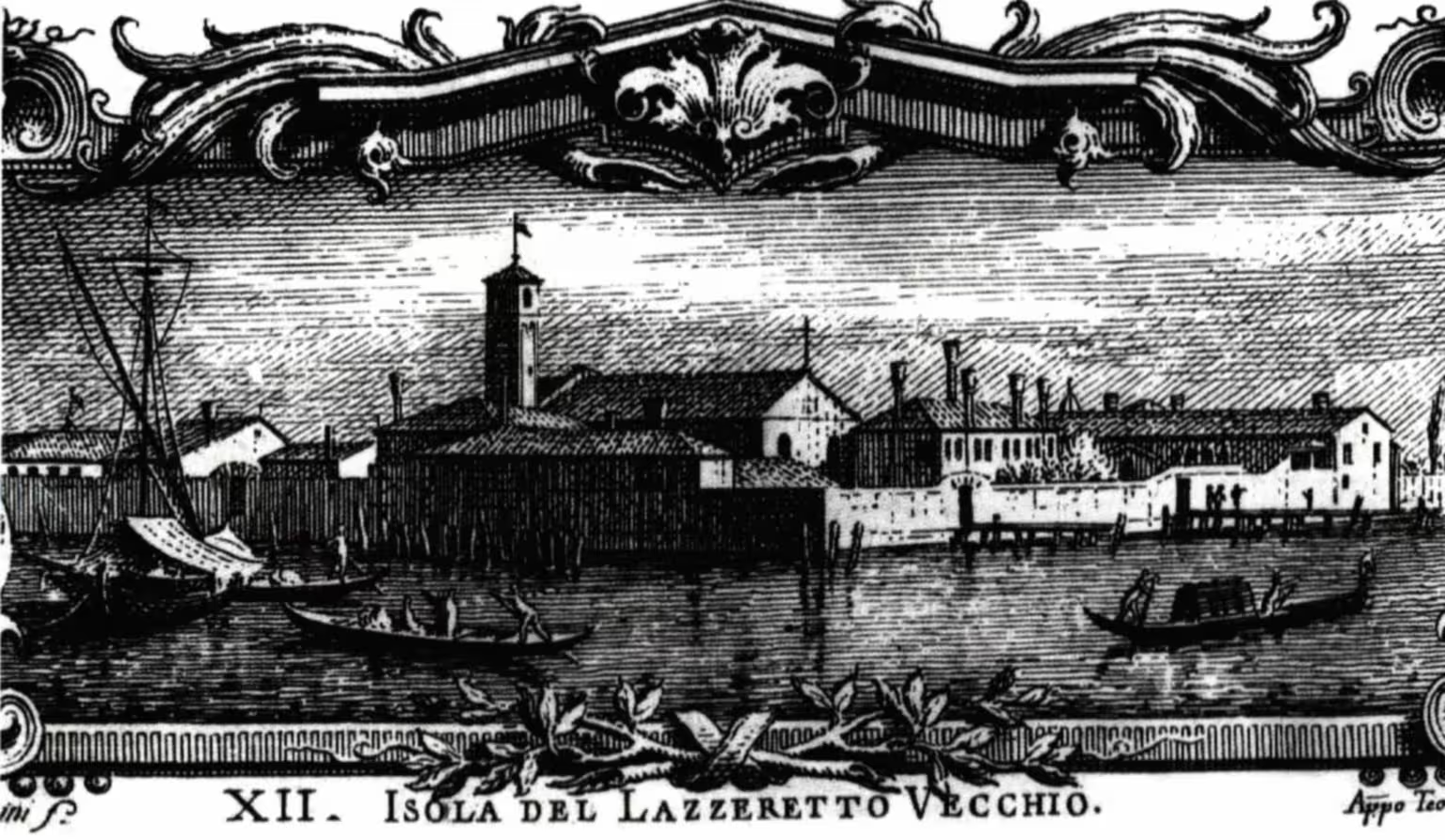
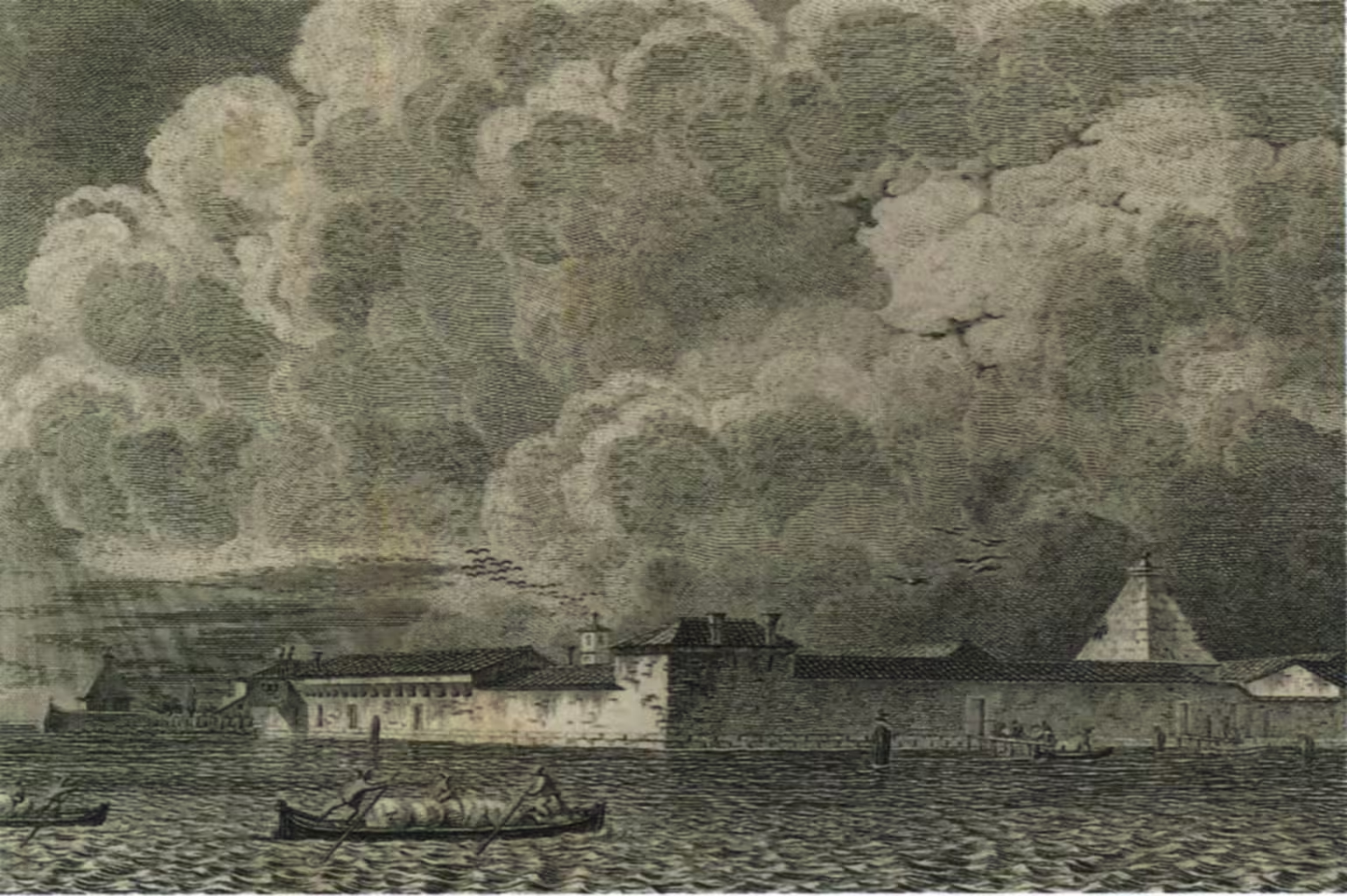

Photo Gallery
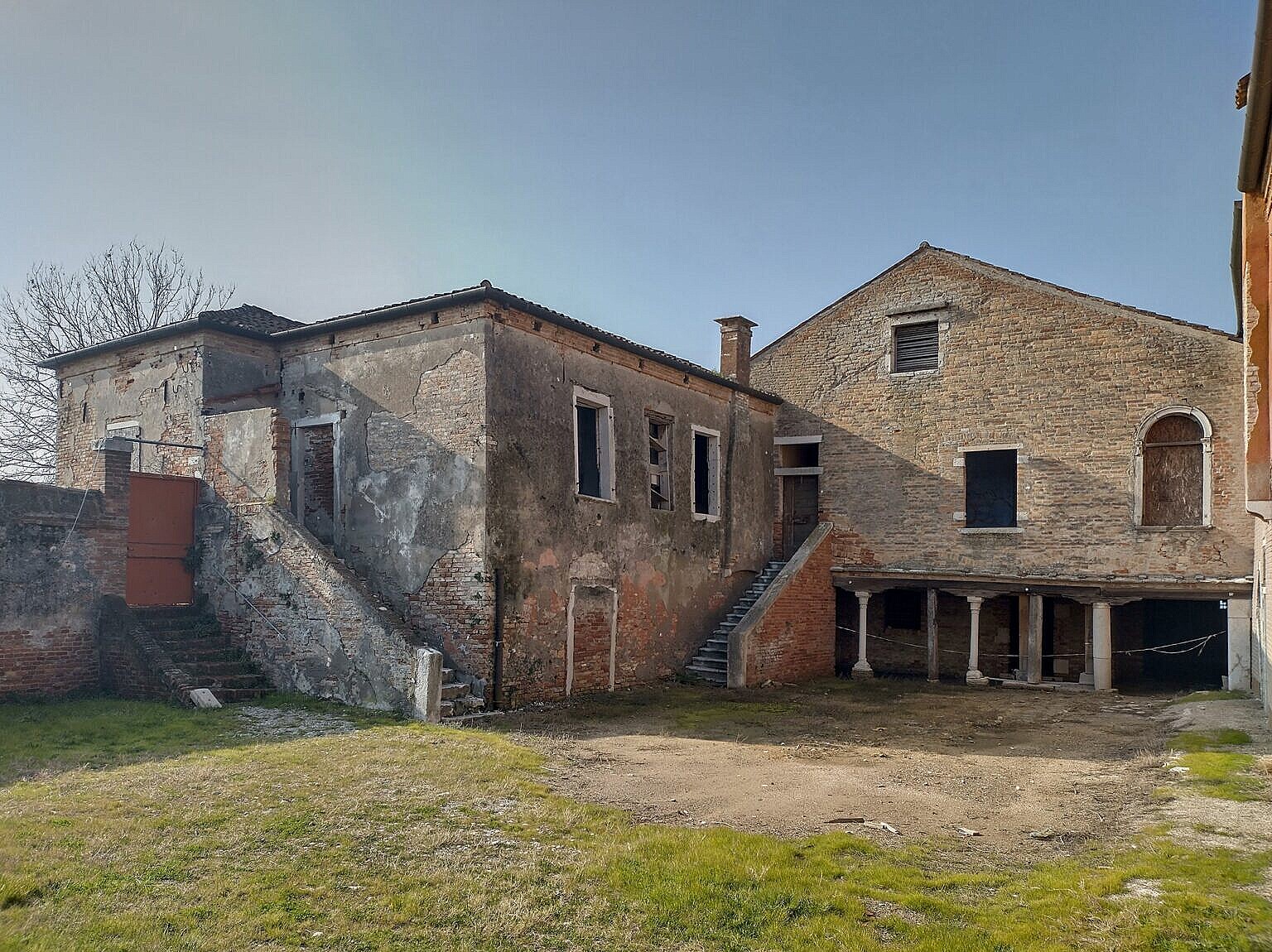

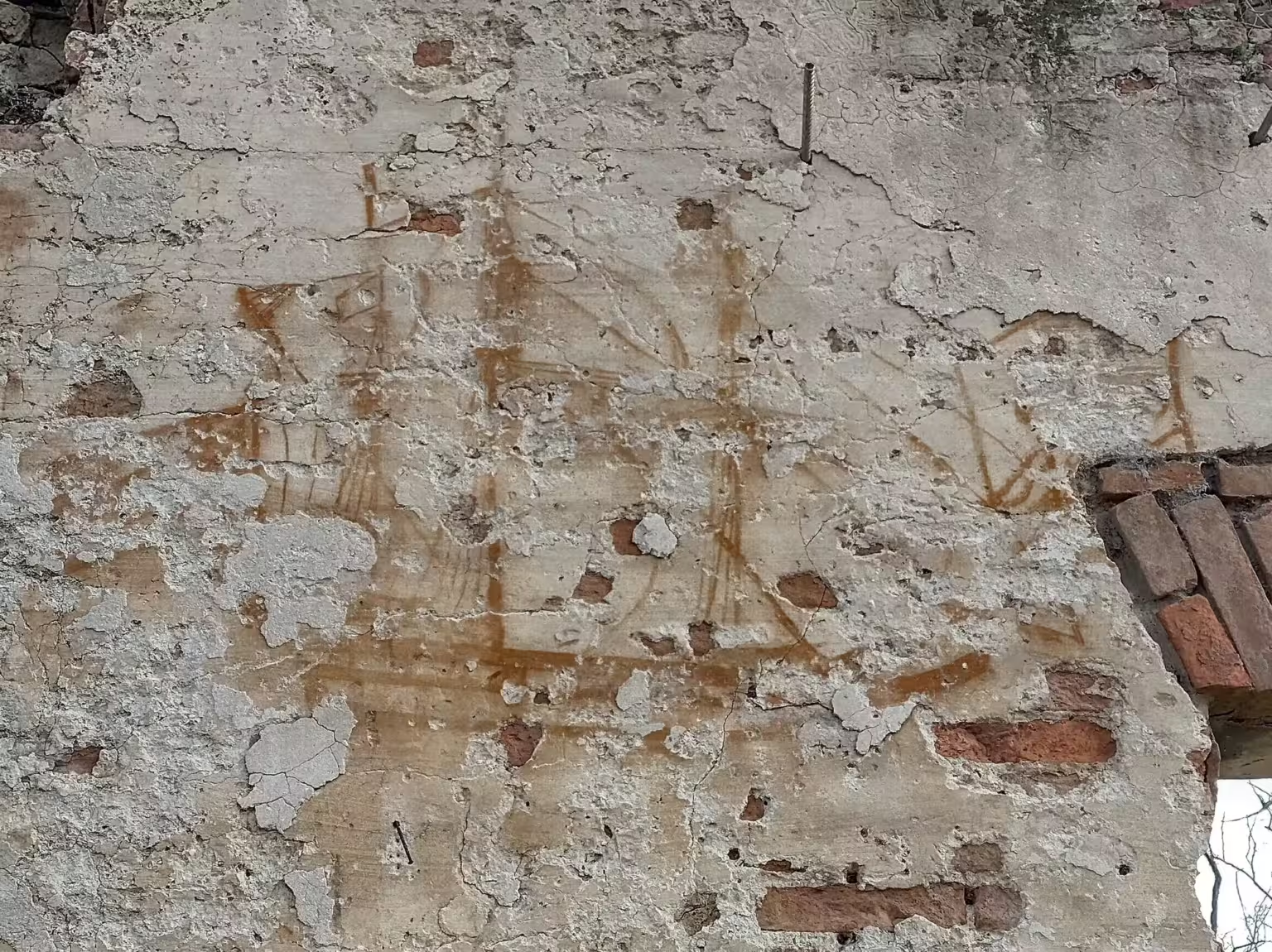
Related articles
- Lazzaretto Vecchio – six centuries
- Open day at the Lazzaretto Vecchio
- Six hundred years of Lazzaretto Vecchio
- Capitoli Da osservarsi nelli Lazaretti — 1674
- Quarantine in the 1600s
Bibliography
- Il Lazzaretto Vecchio in ArcheoVenezia, Anno XXIII, nn. 1-4. Venezia: Archeoclub di Venezia, 2013.
- Crovato, Giorgio and Maurizio Crovato. Isole abbandonate della laguna : com’erano e come sono. Teddington : San Marco Press, 2008. [more]
- Fazzini, Gerolamo (ed.). Venezia : isola del Lazzaretto Nuovo in Guide archeologiche della Laguna di Venezia. Archeoclub Venezia, 2004. [more]
- Fazzini, Gerolamo (ed.). I Lazzaretti Veneziani : il sistema sanitario della Serenissima contro le epidemie. Marcianum Press, Venezia, 2024. [more]
- Malagnini, Francesca. Il Lazzaretto vecchio di Venezia : le scritture epigrafiche. 2018.


Leave a Reply